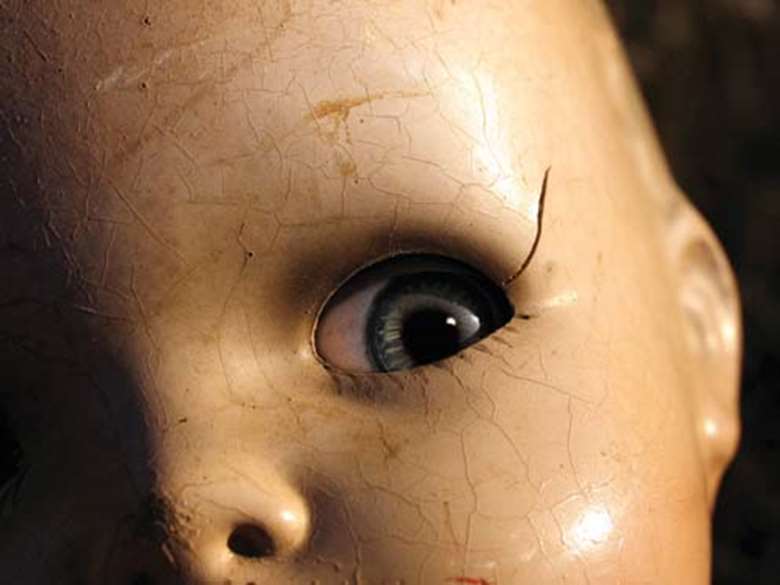One-off Workshop: Making Spooky
David Porter
Friday, March 1, 2019
Spookiness is not confined to Halloween. Even ordinary things can appear spooky – a stare, a laugh, a scream, a shadow, an invisible friend, a breath, a doll, déjà vu… This workshop uses proxemics to explore a character-driven situation that could be all in the mind. Or not.

Adobe Stock/Anita P Peppers
Learning Objectives
Working in collaborative groups, students develop story-making and characterisation skills through exploring/developing a scenario about a spooky situation and its consequences and share it with their peers.
Resources/Research
- Horror plot generator https://tinyurl.com/TDSu1Horror
- The Girl Who Never Was, audio story idea from Dr Who genre https://tinyurl.com/TDSu1NeverWas
Warm-up (15 mins)
a) In pairs, in a normal conversation about last night, A suddenly freaks B out by behaving in a spooky way. What is the outcome?
b) In the same pairs, B is discovered outside a house, behaving in a spooky way.
c) In the same pairs, A and B both think they have had this conversation before – déjà vu.
Spooky
Strange, scary, frightening, fear-inducing, anxiety spreading, panic bringing, chilling, creeping, ghostly, mysterious, spine-chilling, unearthly, heart-stopping, shocking, supernatural or weird.
Teacher-led Discussion: (10 mins)
What is spooky? Teacher invites student ideas and experience. Proxemics are the description of how close or not actors are together, and how close to an audience for a particular effect. Can an everyday person you know well suddenly be spooky? On a stage, would spooky always need dim lights to make it real, or could really spooky stuff happen in broad daylight?
Drama Skills:
Besides drama devices such as still images, cross-cutting, mime, narrators in and out of role, voice overs, slow motion and flashbacks, proxemics (distances between characters) convey meaning to their audience.
Characters:
Each student must choose a character who is caught in a spooky situation (or is cause of it) and faces a test. Who is he/she? When, why and where is the scene taking place?
Devising start points: (30 mins)
In groups of 4-6, devise a short drama around one scenario:
a) an unhappy adult has an invisible friend, daytime
b) a normally sane teenager sees a ghost in a dark alley, night
c) a bad case of déjà vu upsets a family on an outing, afternoon
d) a person everyone thought was dead turns up alive, evening
e) an unhappy clown goes to work with revenge in mind, day
f) a child removes the eyes from a doll, night. The drama should come from proxemics, closeness of actors or imagined characters to each other and/or the audience.
How could it develop?
It would be hard to sustain continuous spooky, so how could there be focus on a selected spooky moment? How are characters affected by the events? How do they change? How are any problems resolved? What are the outcomes? Is there a twist in the story – such as just when everything thinks it’s all sweetness and light, then a baddie or strange character comes back?
Do NOT:
Rely on blackouts alone to generate spookiness. Do not go round in a circle holding hands and chanting, scream and fall down dead – it’s just not convincing. Make any murders realistic looking or very symbolic. Grab ankles from the dark: suggest the weird rather than overstate it.
Sharing scenes: (30 mins)
After selected shared scenes, allow time for brief peer, self and teacher comment and assessment of:
a) use of proxemics, then other drama techniques
b) characters
c) story
d) how spooky it was
e) food for thought for an audience
Plenary/Discussion: (5 mins)
Was it a spooky story for at least one character (and at least some of the audience)? Were characters consistently believable; did they respond to others and the situation as it moved along? Was it an effective performance overall? How effective was the use of proxemics to make it spooky? What other drama techniques were employed and why? What changes would a group make if there was time?
Follow-up:
Research from a film a spooky moment that could be stored away for future drama use.
Download Now
